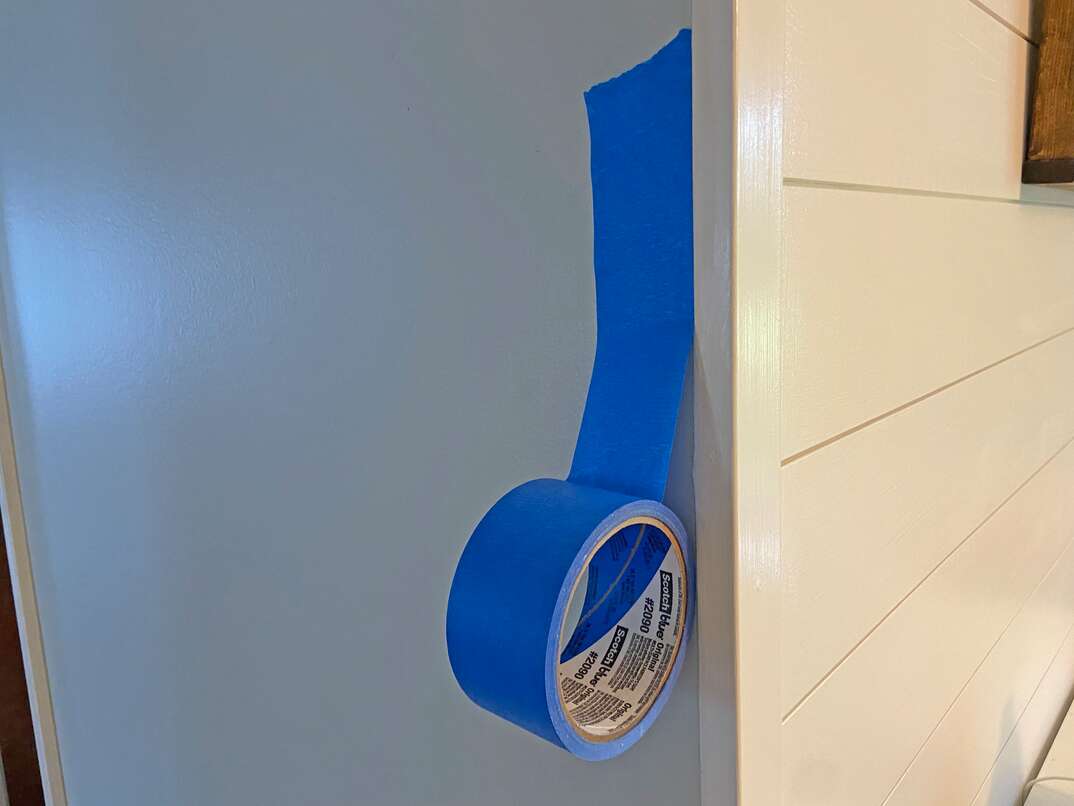Here's How to Apply Plastic Film to Insulate Your Windows

As the winter months approach, many homeowners are looking to window insulation film as a way to keep the warm air in and the cold air out in a cost-effective, energy-conserving manner. Plastic insulation film is available in several varieties, plus it's easy to apply to both the exterior and interior of windows with adhesive and heat treating, static cling or staples.
This May Also Interest You: How to Insulate Windows
In addition to keeping your home warmer during the winter, plastic insulation film also works to keep cold air inside during the summer months. If you're looking to add more insulation to your home, read on to learn about the installation process and the benefits of plastic window insulation.
Why Should You Put Plastic on Your Windows?
Putting plastic on windows is a good idea if you want to reduce energy costs and keep out drafts during the colder seasons. Applying plastic insulation film to windows can actually cut the cost of heating bills up to 40%, so says Window Resource. Window insulation film helps homes retain heat more easily, keeping you warmer, longer.
During the hotter months, window film provides a barrier between the outdoor heat and the inside of your home, so the cool air remains inside, and your AC unit won't have to work as hard. This can help reduce energy costs in the summer while ensuring your environment is cool and comfortable. Additionally, some window film designs block out light for a room-darkening effect, while others are designed to prevent people from seeing inside for added privacy.
Certain types of window insulation film are designed to block UV rays from penetrating window glass, which can help prevent UV damage such as fading on upholstery and other household fabrics. Applying plastic window film to your home's windows also adds a protective layer to the glass itself, which may help prevent shattering in the event of attempted break-ins or severe weather.
What Kind of Plastic Do You Put Over Windows?
In most cases, plastic window film is crafted with polyester and a PET polymer, a common general-purpose plastic. Certain manufacturers may also use carbon, ceramic or laminate materials in addition to polyester and polymer during the production process. Plastic sheets containing ceramic and laminate are often used to control glare and provide extra storm protection.
The most commonly used window films either have adhesive or static cling backings Adhesive-backed window coverings are treated with a sticky, glue-type substance that sticks to windows and helps the film stay firmly in place, while static cling backings adhere to the windows without any adhesive. Static cling backings are easy to apply, but this type of cover may peel or fall off, and it may not perform as well as adhesive options in high humidity and cold temperatures.
How Do You Put Plastic Window Insulation on Windows?
This depends on the type of window insulation kit you're using and the specific material or style of film. While instructions may vary per product, here are some common steps to take when applying insulation film:
Static Cling Film
1. Unroll the film and cut it down into pieces to fit the glass portion of your windows. Cut the film approximately an inch longer and wider than each window's actual size.
2. Thoroughly clean your windows with a solution of warm water and soap. The glass should be wet for application.
3. Remove the film backing and use your hands to apply the static cling film to the glass. Smooth out any air bubbles, and use the application tool included with the kit to squeegee out any remaining water or bubbles. If a tool isn't included, you can use a credit card or a putty knife with a flat edge.
More Related Articles:
- Make Sure Your Window Wells Are Well Maintained With This Checklist
- How Much Do Different Types of Window Treatments Cost?
- How to Hang Curtains and Curtain Rods
- How to Clean Windows to Get That Streak-Free Shine
- How to Install Window Blinds: Your DIY Guide
Adhesive-Backed Film
1. Unroll the adhesive window film, making sure that the adhesive side is facing up. Cut it down into pieces that match your window size, leaving each piece an inch wider and longer than the actual window size.
2. Use the included solution to clean and wet down your windows. If a solution isn't included, you can use a mixture of water and mild soap or baby shampoo. Make sure to leave the windows wet for application.
3. Apply the film evenly to each window, using your hands to smooth out large bubbles. Use the included tool or a credit card or putty knife to remove smaller bubbles and excess water.
4. Once the film adheres to the window, use a hairdryer (if directed) to apply heat to the film. In most cases, the dryer should only be used for 60 seconds or so.
Is It Better to Put Plastic on the Inside or Outside of Windows?
If you're looking for a temporary solution to keeping the cold air out during the winter, installing plastic on the outside of your windows is a good idea. Vinyl sheets are the most commonly used outdoor choice, and they can be applied with adhesive, double-sided tape or staples. The downside to exterior sheeting is that it needs to be removed at the end of winter, but the process should be easy if the sheeting or film is designed for outdoor use.
Installing plastic window film on the inside of your windows is a great option if you're hoping to insulate year-round. Applying the film indoors may also prove to be a bit easier because you don't have to worry about navigating around outdoor shrubbery or climbing up a ladder to get the job done.
Certain window films such as static cling are only recommended for indoor use, while other types are designed with sturdier materials and recommended for outdoor use. For example, 3M window insulator kits come in both indoor and outdoor varieties.


